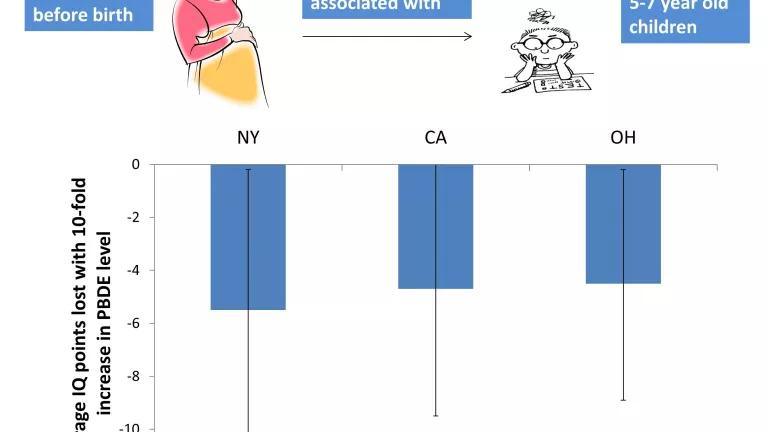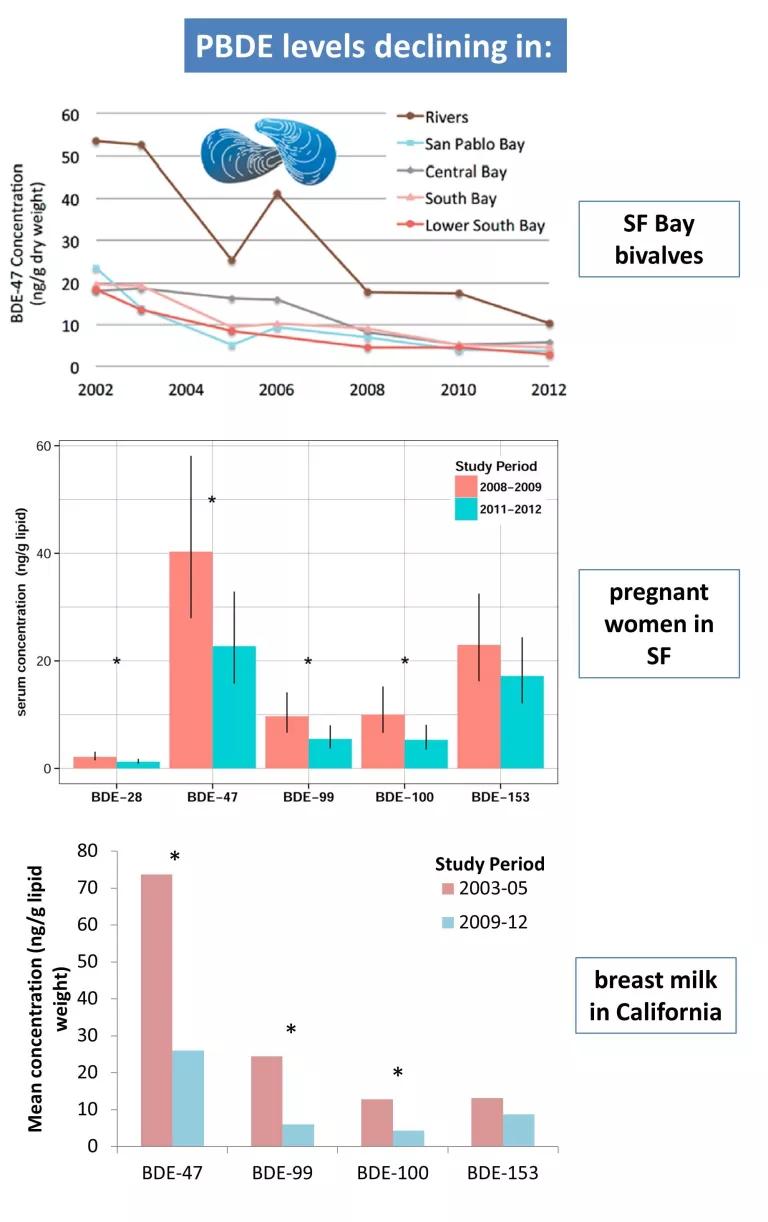
Learning disabilities, developmental delay, attention deficit hyperactivity disorder (ADHD) and autism spectrum disorder—these are all problems that kids suffer from today at higher rates than in the past. These diseases and their causes are complicated; like so many health issues, genetics and the environment both play roles, making the search for treatments and cures a challenge. But one answer is simple: We know that toxic chemicals are like a finger pushing down on the scale, increasing kid’s risks for these neurodevelopmental disorders—and if this weight was gone, we could lift a significant burden of these diseases off America’s children.
That’s the message from leading pediatricians, doctors, nurses, and scientists in the consensus statement issued today by Project TENDR (Targeting Environmental NeuroDevelopmental Risks). This group of experts comprehensively reviewed the scientific evidence and documented six “prime examples” of chemicals and pollutants with extensive data showing harm to brain development. High on the list are the PBDE flame retardant chemicals (read more about the other five chemical culprits on my colleague Jen Sass’ blog).
PBDEs are a group of related chemicals that have been used extensively as flame retardants in furniture, electronics, and fabrics. Because of the many parallels with lead, PBDEs are sometimes called “the new lead.” Like lead, PBDEs are associated with harm to children’s brain capacities that are critical for thinking and success in school. Also similar to lead, PBDEs disproportionately burden low-income and communities of color. Studies on pregnant moms link PBDE levels before birth to problems in kids including lower IQ, poorer coordination, hyperactivity, impulsivity, and attention deficits.
The graph shows the results of three different studies in New York, California, and Ohio—on average, every 10-fold increase in the concentration of some PBDEs in pregnant moms was associated with the loss of about five IQ points in kids. (Error bars show 95 percent confidence interval. Data from Herbstman 2010, Eskenazi 2013, and Chen 2014)
But the good news is that states started recognizing how toxic PBDEs are years ago—California banned a number of PBDEs in 2006. Subsequently, chemical manufacturers made an agreement with the U.S. Environmental Protection Agency to cease all production of PBDEs in the United States by 2013. These policies have made real measurable impacts—we’re starting to see levels of PBDEs decline in the environment and bodies of Californians.

The graphs show PBDE levels dropping over time in bivalves from the San Francisco Bay, pregnant women in San Francisco, and California women’s breast milk. (Data from Zota 2013, Sutton 2015, and Guo 2015)
But the problem is that even though PBDEs aren’t made in the United States anymore, the chemicals are still made in other countries, and products containing PBDEs can be imported into the country. Further, lots of old sofas, TVs, and computers loaded with PBDEs are still in our houses. As long as these products stick around, we’ll continue to be exposed to these chemicals in our homes. And the toxic cycle doesn’t stop there—when PBDE products get hauled to the dump, PBDEs continue to be released to the environment. A recent study found that people who lived close to waste-disposal sites had higher levels of PBDEs in their bodies. Again, like lead, we’ve created a toxic legacy that will haunt us for decades to come, and that disproportionately impacts communities already overburdened by toxic pollution.
So what do we need to do to protect today’s and tomorrow’s children, and stop PBDEs from being the new lead? In order to reduce human exposure, we have to turn off the tap on any new PBDE products, get PBDE products out of people’s homes, and find safe disposal methods to get rid of PBDEs.

As a first step, the EPA needs to finalize proposed rules (Significant New Use Rules, or “SNURs”) that would stop PBDE products from coming into the country. Then we need to turn to the hard work of cleaning up the toxic mess that the chemical industry has made for us. As daunting as it may seem, it’s too important to wait. The TENDR experts conclude,
“We cannot continue to gamble with our children’s health. We call for action now to prevent exposures to chemicals and pollutants that can contribute to the prevalence of neurodevelopmental disabilities in America’s children.”
Resources: What can you do to reduce your exposure to flame retardant chemicals?
EPA flame retardant fact sheet for parents
How to buy a safer sofa



